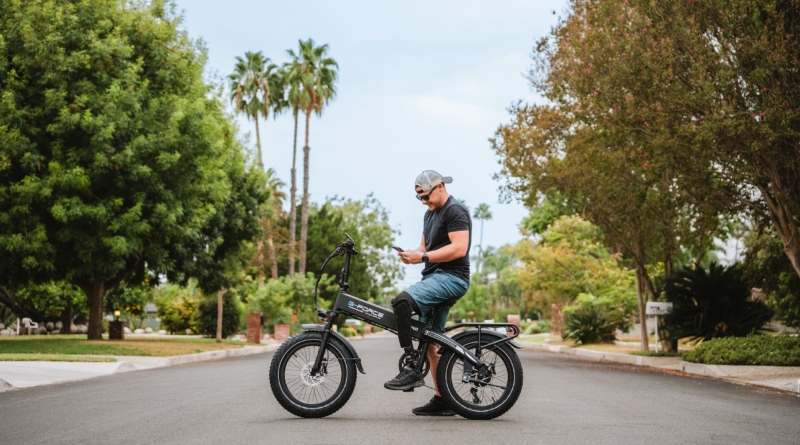E-Bikes: How They Operate and the Need for Pedalling

Riding the wave of modern innovation, e-bikes have revolutionized our roads and cycling paths, gaining significant traction among cycling enthusiasts. It’s incredible to ponder that this surge has roots stretching back to 1895, when Ogden Bolton Jr. pioneered the first e-bike design with a rear-mounted DC hub motor. Today, these ingenious hybrids offer an electrifying blend of traditional cycling enjoyment and powerful assistive boost, emerging as the top gear for those seeking an exhilarating, yet less strenuous ride.
What is an E-Bike?

What truly distinguishes an e-bike from its manual counterparts? Primarily, it’s a motor designed to supplement the pedalling power of the rider. Yes, you heard it right – to enjoy an e-bike’s benefits, some level of personal pedalling effort is indispensable. These bikes are embedded with a torque sensor that detects the rider’s output, accordingly controlling the power assist from the motor.
Adjusting the Assistance Levels

One of the charms of the best e-bikes lies in their flexibility. Riders can select varying levels of assistance via a conveniently located button, generally on the handlebar or the top tube. This feature enables you to adjust the motor’s push, balancing your need for assistive power with battery range conservation. For example, the highest assistance could be saved for uphill challenges, while cruising on flat terrain might only require minimal assistance.
Power Modes and Their Impact
Take Bosch’s range of motors, for instance. They offer four distinct assistance levels, providing additional power ranging from 40% to a whopping 400% of your input, depending on the motor and the selected mode. Remember, though, you always have the option to turn off the motor entirely for an unaided ride, although the weight of the system might make this a more strenuous option.
Regulations Around E-Bike Speed

Let’s talk about the speed aspect of e-bikes. In regions like the UK, EU, and Australia, there are specific rules capping the top speed at which an e-bike’s motor can assist. For example, in the US, Class 1 e-bikes provide assistance up to 20mph, and Class 3 goes up to 28mph. Beyond these speeds, you’ll be pedalling without motor assistance, either on your own power or thanks to a helpful downhill gradient.
Throttle-Controlled E-Bikes: A Different Ballgame

Contrasting with the pedal-assist e-bikes, some models offer throttle or twist-grip control, where the motor’s power isn’t regulated by the rider’s pedalling effort. These bikes, however, are not classified as e-bikes in several regions, including the UK and EU. Instead, they’re treated more like mopeds, requiring licensing, taxation, insurance, and specific riding gear. Furthermore, these throttle-controlled e-bikes aren’t usually allowed on cycle paths.
The Case for More Powerful E-Bikes

Regulations also address e-bikes with motors delivering power greater than 250 watts. In many jurisdictions, these are treated like mopeds, irrespective of the need to pedal them. However, certain categories, like cargo-carrying e-bikes, may leverage more powerful motors for enhanced load-bearing capacity.
The Big Question: To Pedal or Not to Pedal?

So, to wrap up the discussion, do you need to pedal an electric bike? The resounding answer is yes, especially if you’re in the UK or EU, and you want to relish the joys of cycling with a dash of assistive power. E-bikes are not about taking over your ride; they’re about supplementing your efforts and making the ride more enjoyable and less tiring. They give you the freedom to adjust your effort, making your cycling adventures more accessible, versatile, and, most importantly, fun.
